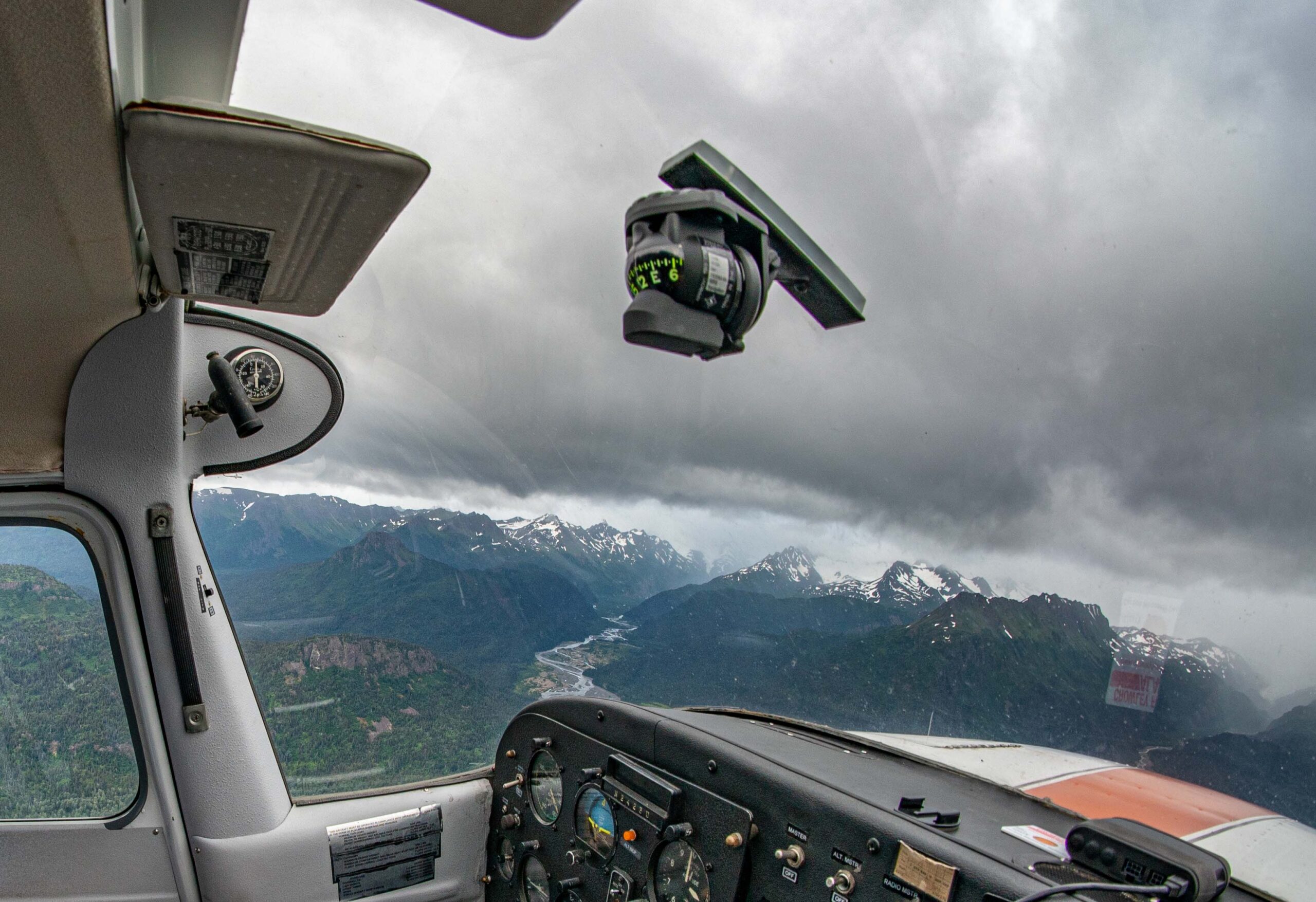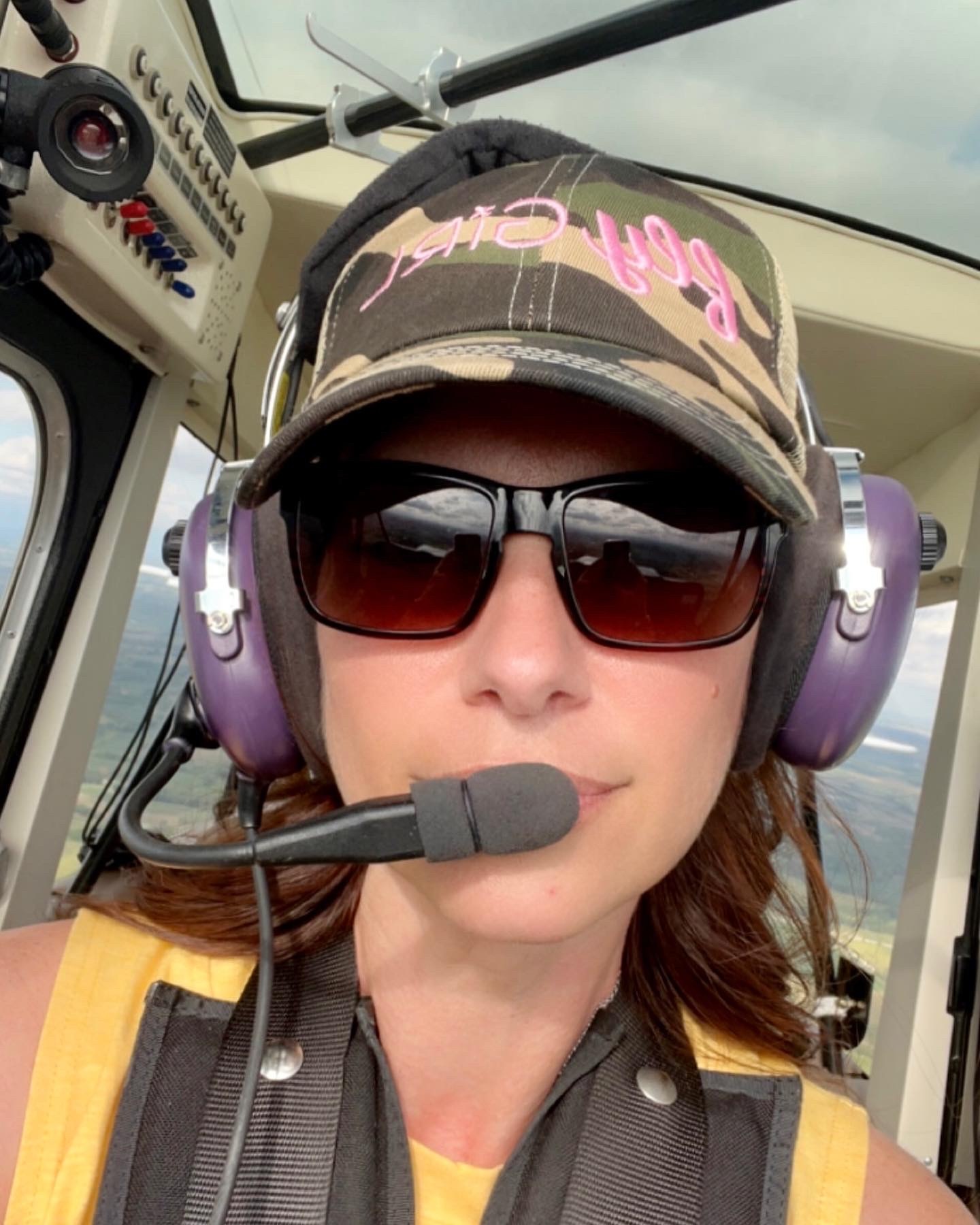
Navigating the realm of aviation weather advisories can be a complex task, particularly when it comes to distinguishing between AIRMETs vs SIGMETs. Both of these meteorological advisories are vital for safe and effective flight operations, and understanding their nuances is key for pilots, aviation professionals, and enthusiasts alike. At its core, aviation is a domain profoundly influenced by the weather. Weather phenomena can significantly impact flight operations, with varying degrees of severity. To ensure the safe conduct of flights, the aviation industry utilizes a series of weather advisories, with AIRMETs vs SIGMETs being among the most crucial.
What Is An AIRMET?
An AIRMET (Airmen’s Meteorological Information) vs a SIGMET (Significant Meteorological Information) are both weather advisories used in aviation. They are used to alert aircraft pilots of potentially hazardous weather conditions that could affect flight safety. However, they differ in the type and severity of conditions they represent.
AIRMET: These are typically issued for less severe but still potentially hazardous weather conditions that may affect all aircraft, but are particularly significant for light aircraft. These conditions include:
- Moderate icing
- Moderate turbulence
- Sustained winds of 30 knots or more at the surface
- Widespread areas of ceilings less than 1,000 feet and/or visibility less than 3 miles
- Extensive mountain obscurement
AIRMETs are issued every six hours and updated as needed. AIRMETs are categorized into three types based on the specific weather phenomena they represent. These include AIRMET Sierra, AIRMET Tango, and AIRMET Zulu.
Sierra: This type of AIRMET is issued for IFR (Instrument Flight Rules) conditions and extensive mountain obscurations. In simpler terms, it alerts pilots about low visibility and ceilings which could make visual navigation difficult or impossible. This is particularly important in areas with mountainous terrain, where low visibility could pose a significant hazard.
Tango: AIRMET Tango pertains to moderate turbulence, strong surface winds, and low-level wind shear. These conditions can pose a risk to all aircraft, but especially to smaller, lighter aircraft which are more susceptible to turbulence and wind shear.
Zulu: This type of AIRMET is issued for moderate icing conditions and freezing levels. Icing can be a serious hazard for aircraft as it can affect the aerodynamics of the aircraft, increase its weight, and cause critical systems to freeze.
What Is A SIGMET?
Contrastingly, a SIGMET denotes more severe meteorological phenomena. These advisories pose a substantial threat to all aircraft, regardless of their size or capabilities. SIGMETs indicate conditions such as severe icing not associated with thunderstorms, severe or extreme turbulence or clear air turbulence (CAT) not associated with thunderstorms, duststorms, sandstorms or volcanic ash reducing visibility to less than 3 miles, volcanic eruptions, tornadoes, large hail at the surface, and wind shear.
SIGMET: These are issued for more severe meteorological phenomena that pose a significant threat to all aircraft. These conditions include:
- Severe icing not associated with thunderstorms
- Severe or extreme turbulence or clear air turbulence (CAT) not associated with thunderstorms
- Dust storms, sandstorms, or volcanic ash that reduce visibility to less than 3 miles
- Volcanic eruptions
- Tornadoes
- Hail at the surface of at least 3/4 inch in diameter
- Wind shear
SIGMETs are issued as needed and are valid for up to four hours in the case of non-convective phenomena and up to two hours in the case of convective phenomena (like thunderstorms).
Convective SIGMETs
Convective is a type of SIGMET that specifically deal with convective weather phenomena, which include thunderstorms and related conditions. These advisories are issued for the mainland United States every hour, and they are valid for up to two hours.
Convective SIGMETs warn of conditions such as severe thunderstorms, indicated by surface winds greater than or equal to 50 knots, hail at the surface greater than or equal to 3/4 inches in diameter, or tornadoes. Embedded thunderstorms, which are thunderstorms obscured by other cloud layers and not visible to pilots or on satellite images. Lines of thunderstorms. Thunderstorms producing heavy or greater precipitation affecting 40% or more of an area of at least 3,000 square miles. Any thunderstorm, irrespective of severity, is expected to last for 30 minutes or longer after the issuance of the SIGMET.

So the key difference is the severity of the weather conditions: AIRMETs for less severe, more common conditions and SIGMETs for more severe, potentially dangerous conditions.
An example, a pilot of a light aircraft planning a cross-country flight would monitor AIRMETs closely. The information provided in these advisories would help the pilot decide whether to proceed with the flight, delay it, or choose an alternate route. On the other hand, SIGMETs are crucial for all pilots, regardless of the aircraft they are flying. These advisories can be the difference between a safe flight and one that encounters severe weather phenomena.
However, it’s not just pilots who need to understand AIRMETs and SIGMETs. Air traffic controllers, flight dispatchers, and even weather forecasters must comprehend these advisories. They play a crucial role in coordinating and managing flight operations, ensuring the safe and efficient movement of aircraft in all weather conditions.
Understanding the Real-World Implications: AIRMET vs SIGMET
The real-world implications of both AIRMETs and SIGMETs cannot be overstated. Consider a scenario where an aircraft encounters unexpected severe turbulence mid-flight. Without proper warning, the aircraft and its occupants could be at risk. If a SIGMET had been issued for severe turbulence in that area, the flight crew could have altered their flight path or altitude to avoid the hazardous condition
In conclusion, both AIRMETs vs SIGMETs play a vital role in aviation safety. A thorough understanding of these weather advisories, their types, and their implications, can significantly enhance flight safety and efficiency. By staying informed and making necessary adjustments based on these advisories, pilots and aviation professionals can ensure safer skies for everyone. If you have any questions about the weather, SIGMETs, AIRMETs, or anything aviation don’t hesitate to reach out to us at Angle of Attack.

Karey grew up and obtained her in private pilot’s license in Central Iowa. She fell in love with tailwheel aircraft during her primary training and obtained a tailwheel endorsement the week following her private pilot checkride. She is eager to obtain her seaplane rating and is merging her passion for flying with her prior work career. Karey has a background in marketing, editing, and web design after graduating from Simpson College. When she is not flying or working, Karey enjoys anything related to technology and admits she can be a bit of a nerd. She also has discovered a love for virtually all outdoor pursuits, with a special fondness for climbing, shooting, and hiking.

Stay Connected
Be the very first to get notified when we publish new flying videos, free lessons, and special offers on our courses.





